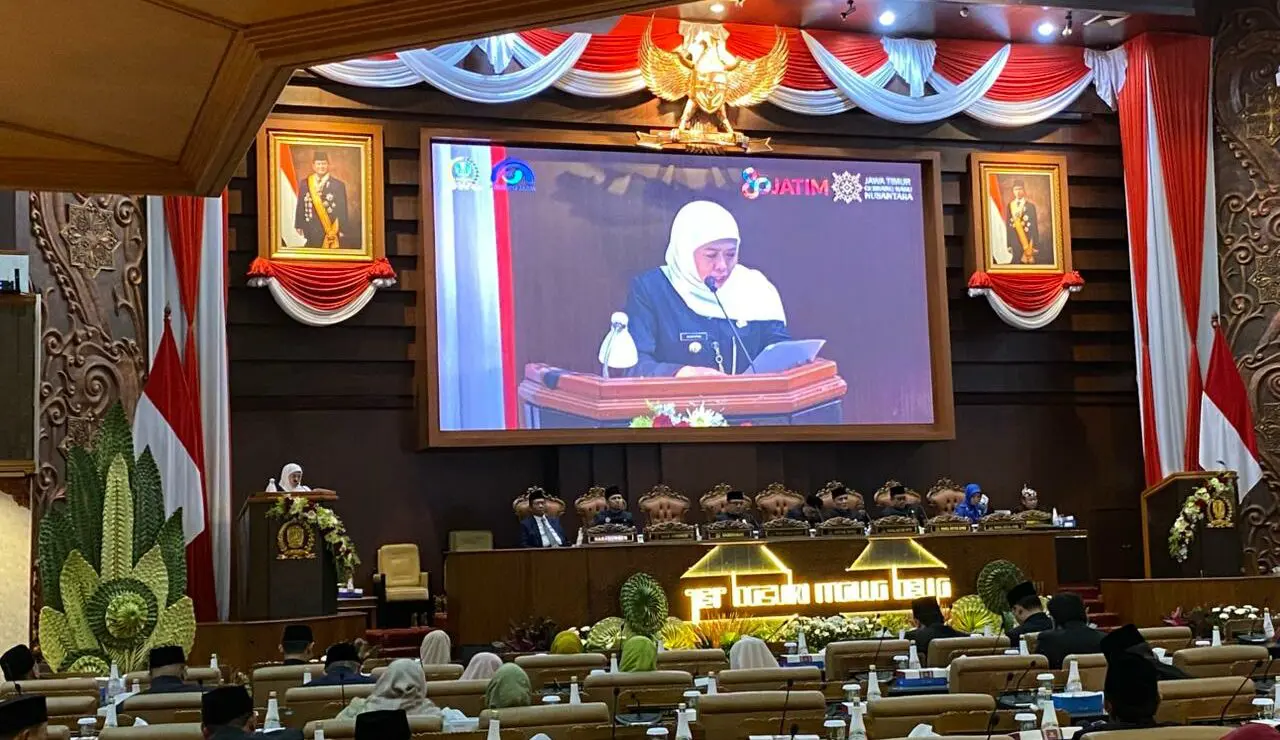Global Climate Summit Reaches Historic Agreement

After two weeks of intense negotiations, world leaders have reached a groundbreaking agreement to accelerate carbon reduction targets. The new pact commits participating nations to reduce greenhouse gas emissions by 50% before 2030.
“This represents a turning point in our collective efforts to combat climate change”
The agreement includes provisions for:
- Massive investment in renewable energy infrastructure
- Strict emissions monitoring and reporting requirements
- Financial support for developing nations transitioning to clean energy
- Protection measures for endangered ecosystems
Key Implementation Timeline
| Year | Milestone |
|---|---|
| 2024 | National implementation plans due |
| 2026 | First comprehensive review of progress |
| 2028 | Mid-term assessment and target adjustments |
Environmental organizations have praised the agreement as “the most significant climate accord since the Paris Agreement.” The binding nature of the commitments represents a major shift in international climate policy.
Agreement Highlights
Emissions Reduction: 50% cut by 2030
Participating Countries: 189 nations
Renewable Energy Target: 70% of electricity generation by 2035



